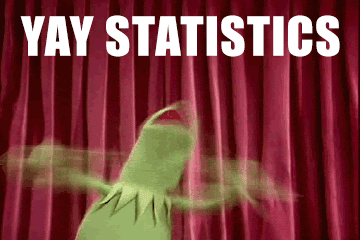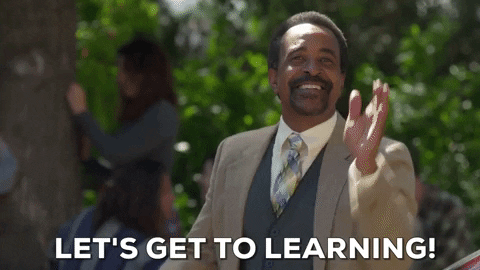First up, would you like a free seven-day pass to Masterclass? I’ve been taking a course in political campaign messaging led by Karl Rove and David Axelrod and have two free seven-day passes to give away if you’d like to try the platform out. I can’t wait to try Spike Lee’s class, David Mamet’s, Bob Woodward’s, Roxane Gay’s, and Anna Wintour’s. And that’s just to start. Masterclass normally costs $200 a year and it’s a fantastic training platform. So: I’d be delighted to help you share in it. Just shoot me an email asking, and I’ll shoot you the pass on a first-come basis. I want you to be successful!
Now. STATISTICS.

I’ve seen a few interesting surveys with some cool statistics in them, this week. The first is MuckRack’s State of PR survey, mainly drawn from agency people, but also, from in-house comms folks from across the US. I’d recommend you head over and download it for more depth. Here are those numbers:
- 50% of PR pros say their average pitch is 100-200 words long.
- 49% send one follow up email after pitching
- 56% send that follow-up three to seven days after the first pitch
- 83% of PR pros keep their press lists in spreadsheets like Excel or Google Sheets, rather than other tools (like MuckRack, for example)—it shows how valuable our press lists are, that we keep them so close, I think…
- Muckrack also produces an annual “state of journalism” survey (again, I’d recommend you go download it!): Journalists overwhelmingly prefer to be pitched 1:1 over email (by 94%). And the most journalists, 25%, immediately turn down pitches because they’re badly timed. 21% of journalists immediately turn down pitches because they’re not personalized.
Meanwhile this graph was the most telling, as far as I’m concerned. It asked about where the future of PR lies:

Strategic planning! Everyone agrees that helping people write communications strategies that work is a good idea. And I couldn’t agree more.
Meanwhile…very few people (25%) think ethics counseling is important! 🤷
Still, it’s good to see that 67% think diversity, equity, and inclusion (DEI) work will be important.
That brings me to the other survey I recommend looking at. The Communications Network—which I’m a member of—recently surveyed its nonprofit and foundation members on the role of DEI in their communications work. You can find the story in the Chronicle of Philanthropy, which includes a case study of one major foundation. Here’s the graph worth looking at:

It prompts a major question guiding my work over the coming months, to help people keep up with the changes: How are my clients integrating DEI into their communications strategy, explicitly?
There are a bunch of ways to make this straightforward, from putting more inclusive stories into your editorial calendar to insuring you avoid tokenizing diverse people in your work. Sometimes it’s about choosing more inclusive imagery. And sometimes it’s about working with a deeper process to figure out how decision-making at the program level feeds into comms.
Last thing I wanted to share is a blog I wrote this week about the catalyzing impact of George Floyd’s death on criminal justice reform. In particular it was important to lift up the voices of community leaders, organizers and activists in the blog post, as part of their efforts to continue to champion criminal justice reform and call for action to stop continued police violence.
Thanks for reading,
M


